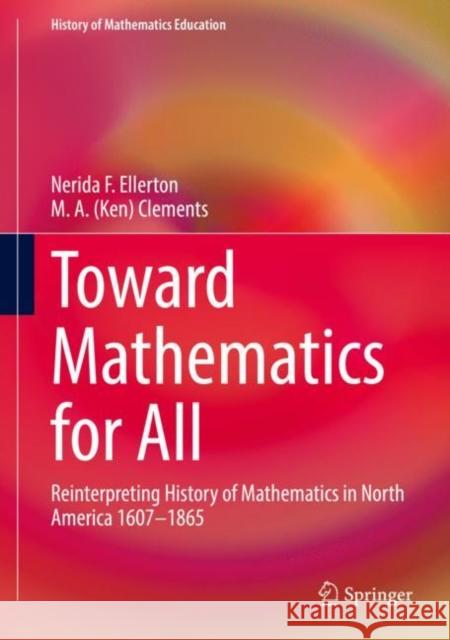Toward Mathematics for All: Reinterpreting History of Mathematics in North America 1607-1865 » książka
topmenu
Toward Mathematics for All: Reinterpreting History of Mathematics in North America 1607-1865
ISBN-13: 9783030857233 / Angielski / Twarda / 2022
Kategorie:
Kategorie BISAC:
Wydawca:
Springer
Seria wydawnicza:
Język:
Angielski
ISBN-13:
9783030857233
Rok wydania:
2022
Wydanie:
2021
Numer serii:
000801739
Oprawa:
Twarda
Wolumenów:
01
Dodatkowe informacje:
Wydanie ilustrowane











